Curl Allow Http 0.9
When it comes to making HTTP requests from the command line, Curl is considered one of the most versatile tools. It allows users to send HTTP requests and receive responses without the need for a graphical interface. One of the interesting aspects of Curl is its ability to support HTTP 0.9, an early version of the Hypertext Transfer Protocol. In this article, we will explore the benefits of using Curl for HTTP requests, delve into the origins of HTTP 0.9, discuss its key features and limitations, and compare it with subsequent versions. We will also look at how Curl has implemented support for HTTP 0.9 and its common use cases. Finally, we will ponder the future of Curl and its relationship with HTTP standards.
Benefits of Using Curl for HTTP Requests
Curl offers several advantages when it comes to making HTTP requests. Firstly, it is a command-line tool that works on various operating systems, including Windows, macOS, and Linux. This cross-platform compatibility makes it a reliable choice for developers who work with different environments. Additionally, Curl provides a wide range of options and parameters to customize and fine-tune HTTP requests. It supports various HTTP methods like GET, POST, PUT, DELETE, and more, enabling users to interact with web services effectively. Moreover, Curl can handle various authentication methods, including basic authentication and OAuth, making it suitable for both simple and complex scenarios.
The Origins of HTTP 0.9
HTTP 0.9 is the initial version of the Hypertext Transfer Protocol, which was proposed in 1991 by Tim Berners-Lee as part of the World Wide Web project. It was a simple protocol designed to be a means of transferring hypertext documents over the internet. Unlike subsequent versions, HTTP 0.9 lacked many of the features we now consider standard in a web protocol. It didn’t support headers, status codes, or MIME types. Instead, HTTP 0.9 relied on a minimalistic approach, with clients sending a simple GET request and servers responding with the content of the requested resource.
Key Features and Limitations of HTTP 0.9
HTTP 0.9 had a few key features that made it suitable for early web applications. Due to its simplicity, it was easy to implement and widely adopted during the nascent stages of the internet. The lack of headers and status codes reduced overhead and made the protocol lightweight. However, the absence of these features also meant that HTTP 0.9 lacked support for caching, persistent connections, and other advanced capabilities. Additionally, the lack of error handling mechanisms made it challenging to handle server-side errors or differentiate between different types of responses.
Comparing HTTP 0.9 with Subsequent Versions
Subsequent versions of the HTTP protocol, such as HTTP/1.0 and HTTP/1.1, introduced significant improvements and enhancements over HTTP 0.9. These newer versions featured robust error handling, support for headers, status codes, content negotiation, and more. They also addressed various limitations of HTTP 0.9, including the ability to request specific parts of a resource, establishing persistent connections for improved performance, and enabling caching to reduce network traffic. Nevertheless, HTTP 0.9 remains significant as the precursor to modern web protocols and played a crucial role in shaping the internet we know today.
Implementing HTTP 0.9 in Curl
Although Curl primarily supports modern HTTP protocols, it provides backward compatibility with HTTP 0.9. By using the `-0` or `–http0.9` flag, users can instruct Curl to send HTTP 0.9 requests. When this option is enabled, Curl will send a simple GET request without any headers or parameters. The server will respond with the content of the requested resource, which can then be displayed or saved by Curl. This feature allows developers to work with legacy systems that still rely on HTTP 0.9 or explore the historical aspects of web development.
Common Use Cases of Curl with HTTP 0.9
While HTTP 0.9 is rarely used in production environments today, there are still specific situations where Curl’s support for HTTP 0.9 proves valuable. One such scenario is when accessing web resources on internal networks that have not been updated to modern web protocols. Curl can retrieve the content of these legacy resources without any compatibility issues. Additionally, developers or researchers studying the history of the web can leverage Curl’s HTTP 0.9 support to interact with early web servers or evaluate the behavior of HTTP 0.9-based applications.
Exploring the Future of Curl and HTTP Standards
As technology continues to evolve, the HTTP protocol is also evolving. Currently, the most widely used version is HTTP/1.1, which offers numerous improvements over its predecessors. However, the development of HTTP/2 and HTTP/3 brings even more advancements, including better performance, reduced latency, and enhanced security. Curl has been quick to adopt these new standards and has added support for HTTP/2 and HTTP/3. Looking forward, it is safe to assume that Curl will continue to stay up-to-date with the latest HTTP protocols, ensuring developers can take advantage of the newest features and capabilities.
Frequently Asked Questions
Q: What is Curl?
A: Curl is a versatile command-line tool that allows users to make HTTP requests and receive responses without a graphical interface. It supports various operating systems and provides a range of options and parameters for customization.
Q: What is HTTP 0.9?
A: HTTP 0.9 is the initial version of the Hypertext Transfer Protocol proposed by Tim Berners-Lee in 1991. It was a simple protocol designed for transferring hypertext documents over the internet.
Q: How does Curl implement support for HTTP 0.9?
A: Curl allows users to send HTTP 0.9 requests by using the `-0` or `–http0.9` flag. When enabled, Curl sends a simple GET request without headers or parameters, allowing interaction with HTTP 0.9-based systems.
Q: What are the common use cases of Curl with HTTP 0.9?
A: Curl’s support for HTTP 0.9 proves useful when accessing legacy resources on internal networks or studying the history of web development. It enables retrieving content from systems that rely on HTTP 0.9.
Q: What is the future of Curl and HTTP standards?
A: Curl has already embraced the latest HTTP standards, including HTTP/2 and HTTP/3. As HTTP continues to evolve, Curl will likely incorporate future standards, ensuring developers have access to the latest features and improvements.
How To Enable Curl In Cpanel 2023
Keywords searched by users: curl allow http 0.9
Categories: Top 15 Curl Allow Http 0.9
See more here: nhanvietluanvan.com
Images related to the topic curl allow http 0.9

Found 26 images related to curl allow http 0.9 theme
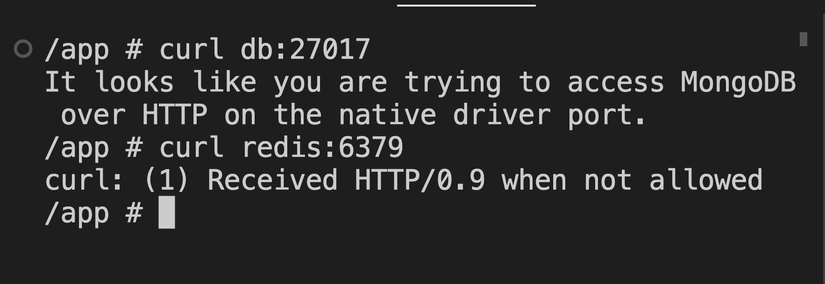



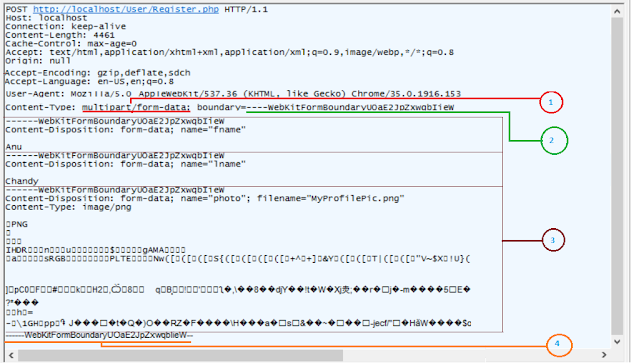




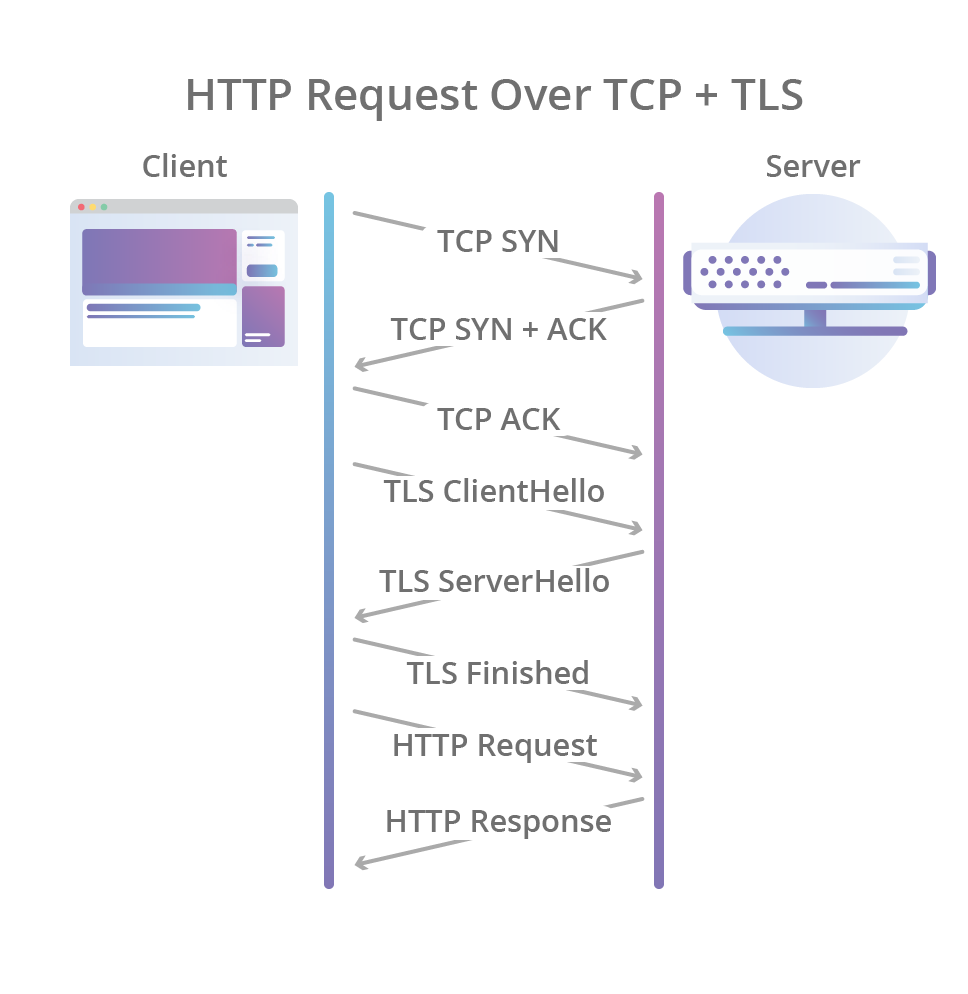

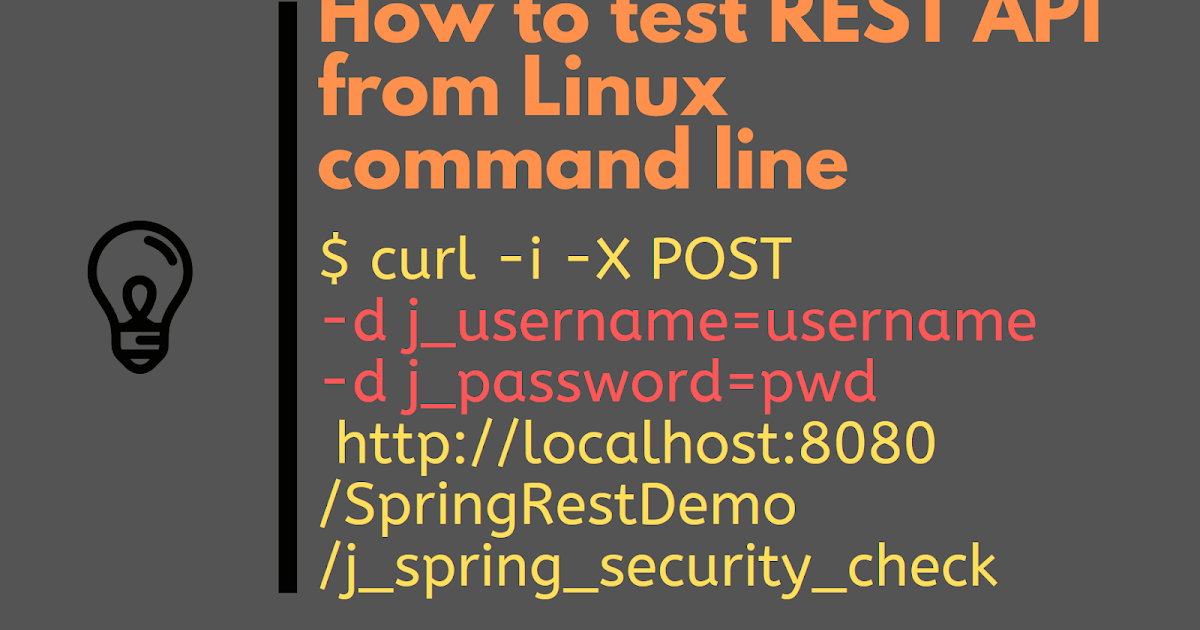


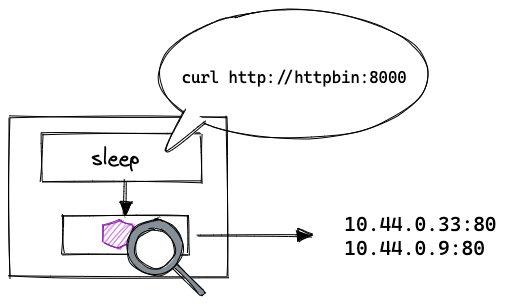

Article link: curl allow http 0.9.
Learn more about the topic curl allow http 0.9.
- cURL Received HTTP/0.9 when not allowed, but nghttp2 is …
- PHP Curl – Received HTTP/0.9 when not allowed
- Error “curl: (1) Received HTTP/0.9 when not allowed” (SOLVED)
- Make HTTP/0.9 opt-in · Issue #2873 · curl/curl
- HTTP versions – Everything curl
- CURLOPT_HTTP09 – allow HTTP/0.9 response
- Received HTTP/0.9 when not allowed – RStudio Community
- added options for allowing HTTP/0.9 responses (006ff62d)
- Error connecting to sync server: received HTTP/0.9 when …
- curl_setopt – Manual